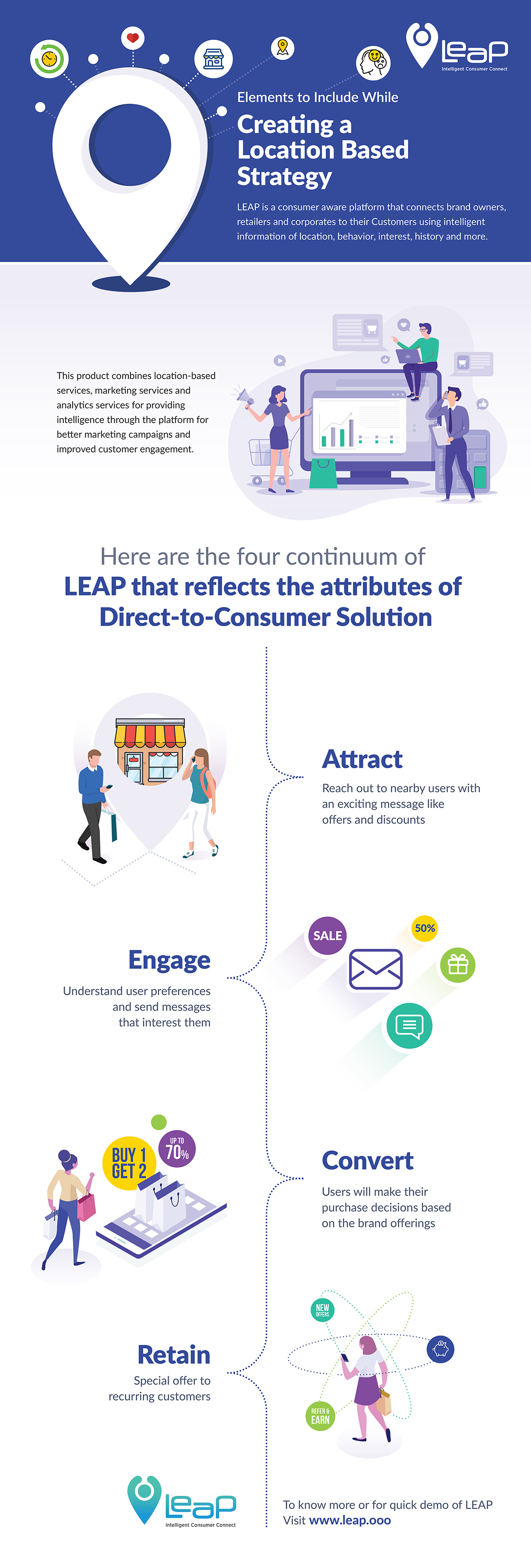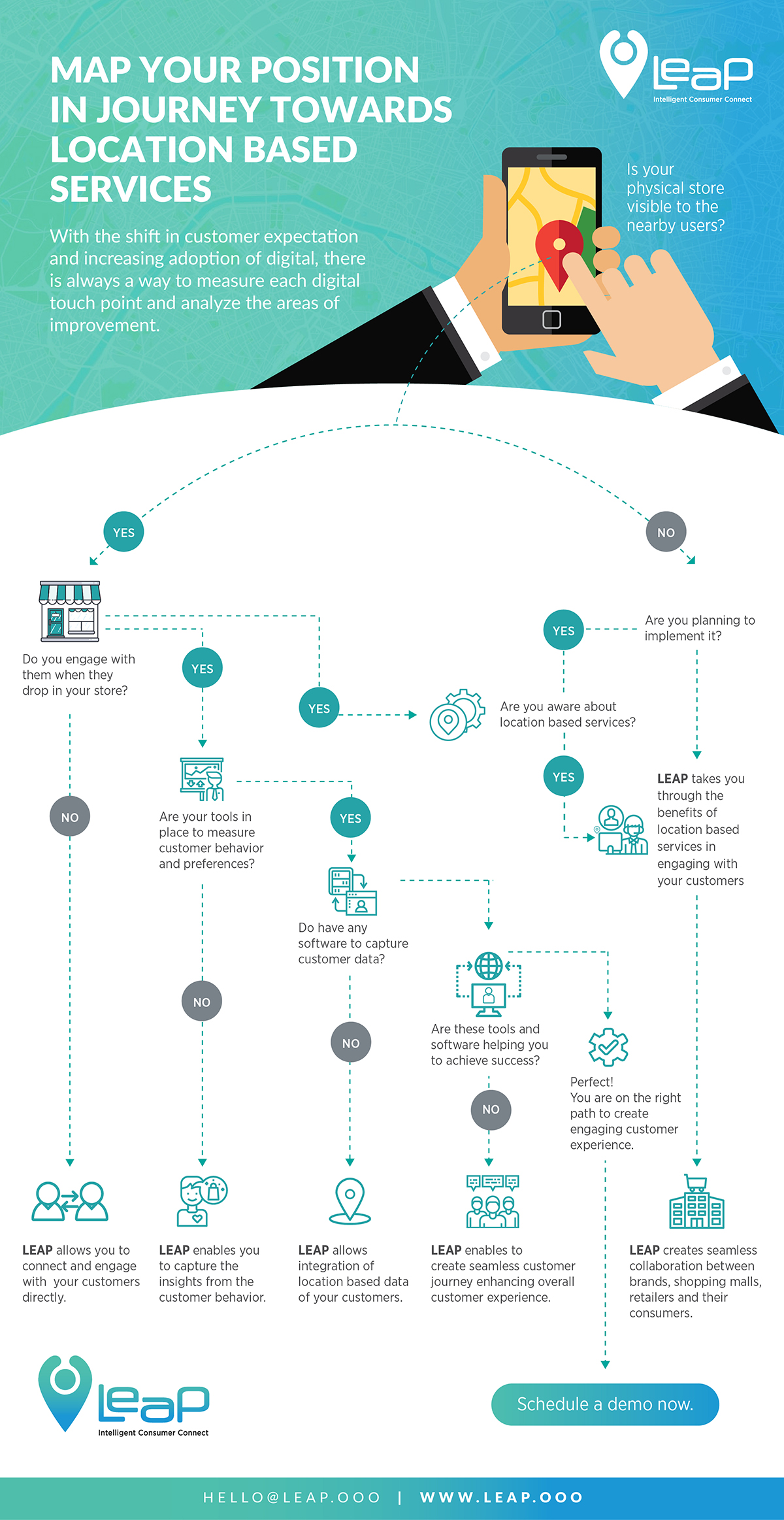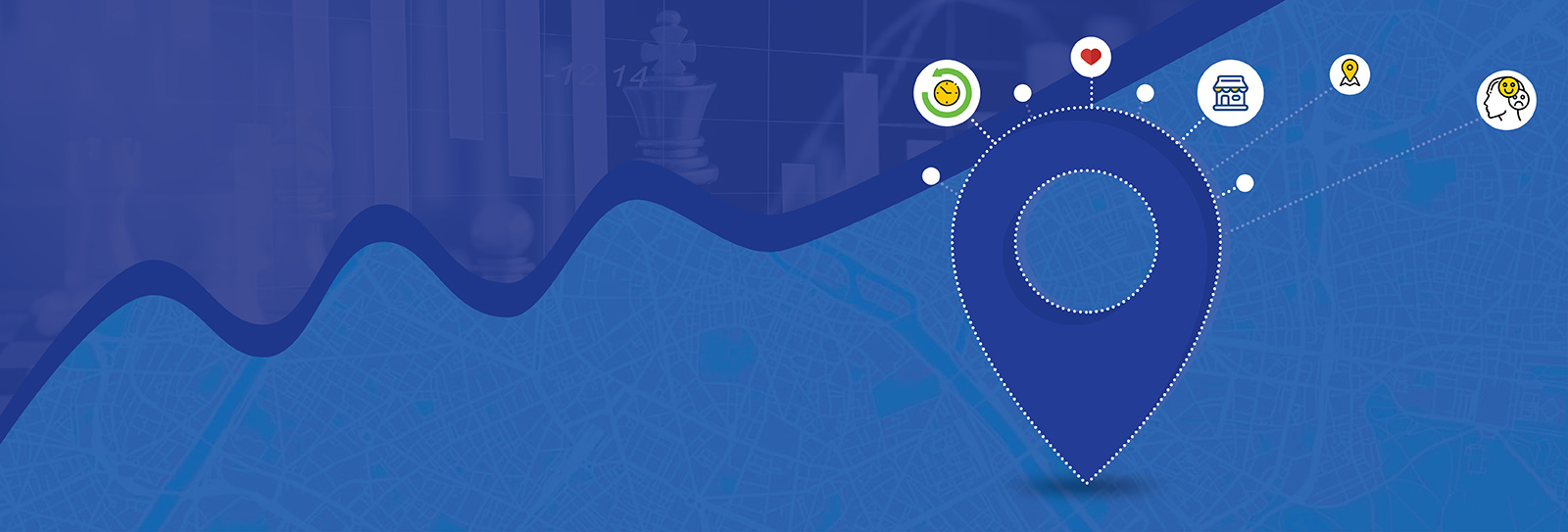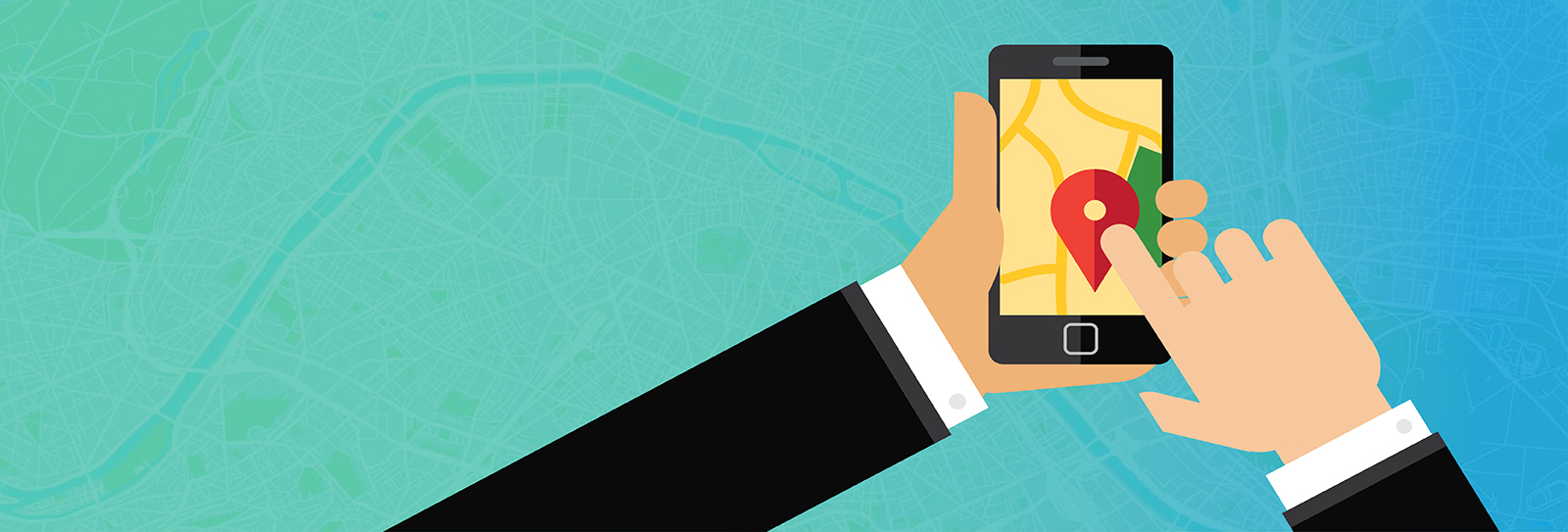
Category: Location Based Advertising

From the bigwigs like Sephora and Ulta to relative newcomers like Glossier and Birchbox, beauty retail is evolving faster than other sectors. Sephora’s in-store experiences have made a mark in the beauty retail industry. In fact, the company also won Retail Dive’s Store Concept of the Year Award in the year 2017.
Beauty retail brands that have their physical stores across various locations are the best fit for location-based marketing. Marketers can capture more audience based on real-world visits, as compared to the number of likes, shares, and followers on social media. The understanding of the targeted audience helps them to create accurate geo campaigns. It also helps them to ensure that they are not triggering towards the target without the aim and reaching the right audience at the right time with relevant messaging.
According to Orbis Research, the global cosmetics market was valued at USD 532.43 billion in 2018 and is projected to hit USD 805.61 billion by 2023, a CAGR of 7.14% from 2018-2023.
From the above insights, we can consider that beauty retail industry is actively implementing different strategies, which helps them achieve exponential growth. One such strategy can be – location based advertising. However, creating a compelling location-based advertising is complex method. There are many parameters involved where brands need to understand every aspect to reach out to their audience. Here is a sneak peek at the top takeaways, which include types of location based advertising techniques:
Hyper-Contextual Targeting
Hyper-contextual targeting along with location targeting makes use of the captured data intelligently and provides an exceptional experience to their targeted audience. With this method, a retailer can drive more in-store traffic and increase purchase intent.
Sephora, a French multinational chain of personal care and beauty stores based in Paris, has a remarkable brand positioning on mobile platforms. While creating a location-targeting strategy, they have included three essential components:
- Loyalty
- In-store
- Commerce
Geo-Aware Targeting
Geo-aware can be deemed as the origin of location-based mobile advertising. It uses real-time location data supplied by the mobile network provider. Through geo-aware targeting, you can display mobile ads to potential customers within your vicinity.
Suppose a store-owner of beauty products intends to increase in-store visits through geo-aware targeting technique. And someone who is looking to buy beauty products is within the vicinity of the store. You can send them an alert that your beauty store is just around the corner. Also, the messaging with offers on beauty products will tempt them to visit your store. This targeted messaging is sure to drive more customers to your store.
Location-based Targeting
As the name implies, location-based targeting means creating a marketing strategy tailored to consumers in a specific location. It can also give you insights for targeting certain audiences in certain timeframe.
Let us say there is a beauty contest happening at a store near you. Now, it is quite likely that such an event will attract many beauty enthusiasts. As a small beauty retail brand, promoting and your beauty products at such events can help, you drive customers to your store. You can coordinate with the event organizers and make use location based targeting to attract the participants when they arrive for auditions or while they pre-visit the venue. It is also possible to send alerts and messages regarding special offers and attract more in-store visits.
Geo-Fencing
“Did you know that as per SBWIRE’S report, the geofencing industry is expected to grow by 27.5% by the year 2022?”
Using a map, you can draw and mark a specific geographical area and circle it with a digital barrier. This marked area can detect and communicate with mobile devices that fall into this territory. The creator of Geofence can send SMS, emails, push notifications to the devices that enter into the marked area.
On World Donut Day, Dunkin Donuts released a geo-filter on Snapchat that gave a twist to a giant Donut over a person’s head. To unlock the filter, users had to visit the store. They also received a free Donut with an order of coffee.
Any brick and mortar businesses, whether it is product or service-based aiming to increase sales should use location-based mobile ads. Service-based professionals like dentists, beauticians, electricians, plumbers, etc. can also grow their businesses with the help of location-based advertising. Most of these professionals provide their services in a certain locality and thus, it proves to be quite effective to drive more customers.
Wrapping Up…
To get good results from location-based advertising, the targeting tactics require a lot of work. During the initial phase, you might not get it right. However, do not withdraw due to these results. Once you get it right, location-based mobile advertising can be one of the most compelling strategies to drive purchase and increase in-store visits, which translates to more sales for your business.
Let us help you in creating compelling strategies with our location-enabled advertising platform. For more insights or a demo, contact us at leap.ooo!

It is important for every retailer to get more in-store traffic and boost sales. But how can beauty retailers get their shoppers to step into the store and entice them to buy more?
Many retail businesses are experiencing the benefits of location-based advertisements and achieving success for their online store. These ads have helped them to increase the traffic and enhance customer engagement giving a boost to their overall digital presence. So, does customized location-based advertisements can increase in-store visits, too?
A location-based ad helps retailers to pinpoint the physical location of the consumer through their mobile devices and send messages related to offers that drive them to the store. In a recent survey conducted by the data platform Factual, many retailers have experienced benefits like positive customer experience, effective campaigns, and better targeting accuracy by personalizing ads with location data. Over 90% said that doing so has also increased their understanding of audiences.
Data from 451 Research and PlaceIQ found that 57% of multichannel marketers said consumer location data, used to measure lift in-store visitation, is the most important type of data used to gauge marketing performance.
So, how do location-based ads help to boost in-store visits?
While creating a strategy for boosting in-store traffic, it is very important to focus on your customer base and target audience. Thereafter, look for ways to differentiate from your competitors while remaining relatable and relevant to your target customers.
If you have a brick & mortar store use location-based targeting and send customized offers to people from specific areas. It encourages them to visit your store and even make a purchase from your store.
Now, let us understand where to target? Though It is simple. The only thing needs to research about is which areas can provide promising opportunities. For example, if you’re seeing an increase in customers from a specific area, you can send mobile ads to people in that location. You can also create a strategy to attract previous customers in nearby cities by offering exclusive coupons and offers to get them back into the store.
Tips for Creating Location-Based Ads
While there are many ways to incorporate location-based advertising that can lure shoppers to visit your store, there’s likely some out-of-the-box strategies you must be missing out on. These tips can increase your success and provide the next level shift to your marketing efforts.
- Apply Geofence: Geofencing is a location-based service in which an app or software uses GPS, RFID, Wi-Fi, or cellular data to define geographical boundaries. It creates a virtual boundary where brands can target their customers.
- Enhance mobile ads: 49% of in-store purchases are influenced by digital interactions – over half of which take place on mobile, according to a recent report of the Facebook business. Therefore, brick-and-mortar retailers must evolve their campaigns to match the pace with the growing trend of mobile-first and reach maximum people with the product information.
- Targeted Locations: Since people are more likely to buy from a store that’s near where they’re located, keep your target locations close. You also want to make sure you consider other customer location data, like where they shop and where they’re from, to discover other areas that you should target.
- Frame Right Message: Having the right messages is one of the most important things you need for a successful location-based ad. Something as simple as customizing each ad to address specific pain points and customer interests can provide better opportunities to attract customers and drive store visits.
Integrating Location-Based Ads for Retail Stores
LEAP connects business-to-consumer touch-points like a point of sales systems with marketing efforts. It is a platform for collaboration and integration of location-based services, analytics, positioning, etc. to improve consumer engagements through advertising and marketing modules.
- LOCATION-BASED ADVERTISING – Locate & connect with potential Consumers
- TARGETED MARKETING – Tactics to reach your target audience
- PRODUCT PROMOTIONS – Right content with the right context
- ESTABLISH VALUE-ADDED CHANNELS – Build up lifetime Consumer value
- CONSUMER ENGAGEMENT – Interactive ways to engage with consumers
If you’re looking to improve your reach, attract new customers, and most importantly, boost your in-store visits, location-based ads can be an ideal solution for your business.
Get in touch with the experts at LEAP for more information about the benefits of location-based ads and how we can help you drive conversions and sales in-store.














